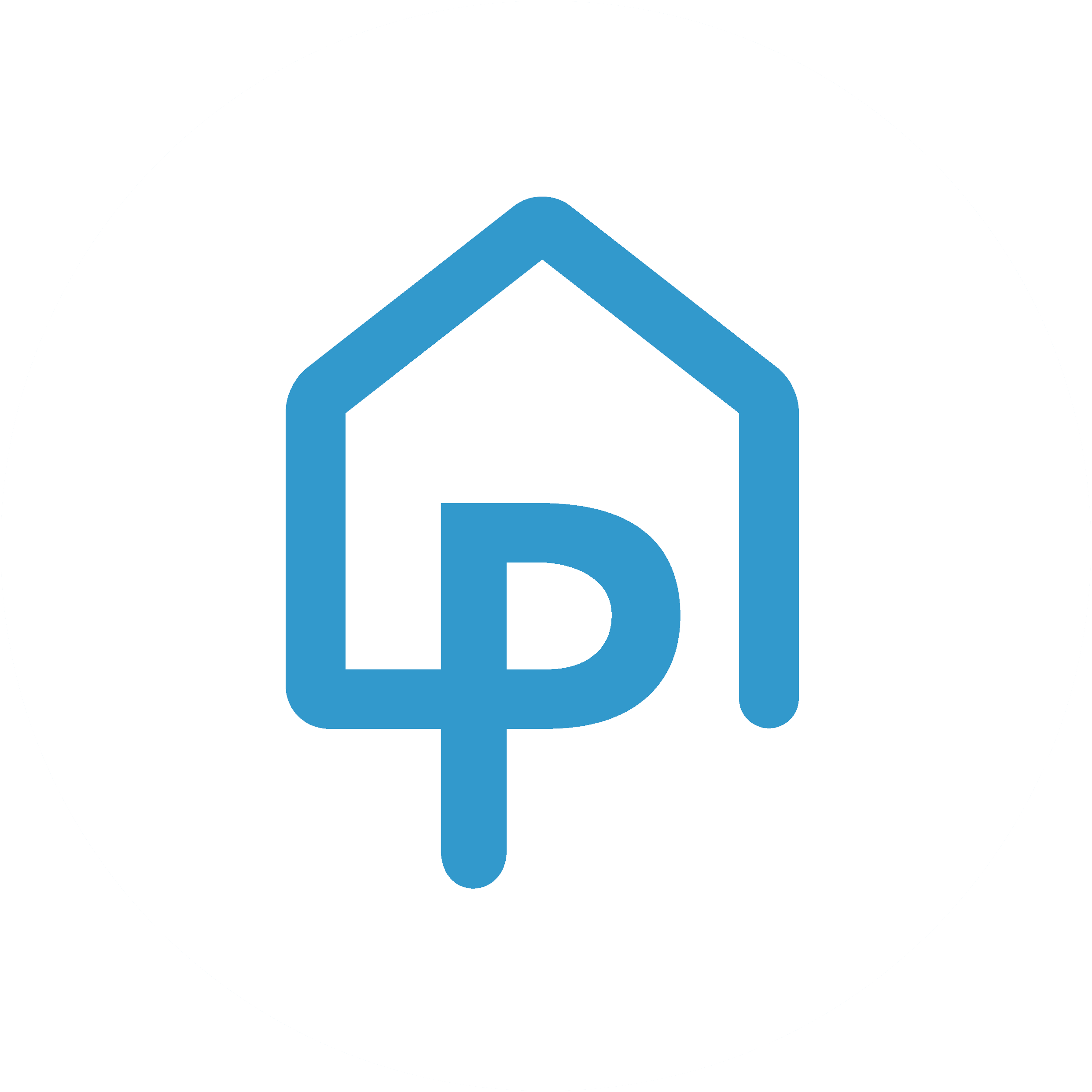This How to Build series focuses on lessons learned by the UK’s most experienced practitioners of designing & building to the Passivhaus standard.
• Embracing the Passivhaus Standard
• Optimisation for Functions, Aesthetics and Economy
• Onsite Efficiency from Start to Certification
• Effective & Efficient Heating, Hot WAter & Ventilation
Dive into case studies of major UK projects and explore design optimisation, large-scale residential, and non-domestic EnerPHit.
• Greenhaus, Manchester
• Willowhaus, Manchester
• Dunfermline Learning Campus
• Cairn Housing
• Renfrewshire Retrofit Homes
• London School of Economics’ Firoz Lalji Global Hub

Join the 2025 Passivhaus Client Clubs for tailored support, expert guidance, and peer connections. Designed for councils and housing associations, sessions include breakout rooms and design advice. Limited fully funded places available—apply now to overcome barriers and scale up successful Passivhaus projects.
Free
Passivhaus certification requires a Summer Comfort Statement, signed by the building owner, detailing the thermal comfort strategy, design assumptions, overheating risks, and stress testing. This template supports certification, accommodating buildings with active cooling by presenting expected cooling results.
Free
Explore PHI Passivhaus criteria for energy-efficient, affordable, and comfortable buildings. This guidance offers practical insights into sustainable design, rigorous certification, and optimizing energy performance. Enhance living conditions and support a greener future with Passive House principles.
Free
Discover the link between Passivhaus and embodied carbon through an on-demand webinar featuring the Trust’s Embodied Carbon paper. Gain insights from industry experts sharing real-life case studies and lessons learned. This is a unique opportunity to deepen your understanding of sustainable design and practical applications in the built environment.
Join our exclusive Passivhaus Masterclass on the Schwarzman Centre for the Humanities. Explore its innovative design, sustainability achievements, and construction challenges. This groundbreaking project unites faculties with a concert hall, theatres, library, café, and meeting spaces, setting a new benchmark for Passivhaus architecture in public academic spaces.

Explore the optimal timing and strategy for installing air source heat pumps (ASHPs) in retrofit projects. It examines the impact of ASHP installation during various fabric improvement stages using modeling and PHPP to estimate energy demand and running costs, aiding informed decisions for efficient retrofit planning.

This guide highlights significant synergies between the priorities of social housing providers and the multi-faceted benefits of successfully building and delivering Passivhaus homes. The aim is to explain why social housing providers should be aiming for Passivhaus and how to successfully implement the Standard.
Free
The need for this Quality Assurance guide has arisen from the rapid growth of the Passivhaus Standard within the UK and the recognition that with the increased volume, scale and complexity of building projects, that it takes an increasingly well structured quality assurance system to maintain the required standards of design and construction.
Free
The Managing Moisture on-demand course explores moisture-safe retrofitting for energy efficiency. Learn to prevent moisture issues in building fabric and structure while retrofitting. Gain expert insights and advanced knowledge in moisture management for safer, healthier buildings. Ideal for professionals seeking to enhance retrofit practices.
The Passivhaus Trust has developed guidance accompanied by a PHPP plugin to calculate more representative monthly average internal temperatures for existing buildings and an overall average for the heating season. These temperatures can then be used in the PHPP heating demand calculation to achieve a more accurate indication of energy demand.
Free
PHPP is a proven tool for assessing overheating risk. It has already been deemed to satisfy Part O of the Building Regulations (England & Wales) by several Building Control services, and should be accepted as an alternative means of compliance in place of the ‘simplified method’ and the ‘dynamic method’ for single-family dwellings and simple building forms.
Free
There is an urgent imperative to decarbonise home heating, but we also need better housing that is more comfortable, healthier and cheaper to run. How do we enable heat pumps and fabric to work in synergy to maximum effect? This paper aims to answer the question by modelling heat pump installation at different levels of home retrofit.
Free
This webinar accompanies our guidance “Air-to-water heat pumps” which simplifies critical design elements with a special focus on air-to-water heat pumps, shedding light on both common oversights and advanced considerations that can elevate building performance to meet diverse energy standards.
This paper serves as a starting point for discussions and agreements between project teams and certification bodies regarding roles, responsibilities, and expectations for achieving Passivhaus certification. The scope of services it presents is designed to be adaptable and applicable to various project types and scales.
Free
For multi-residential or non-residential buildings the Passivhaus Certifier may require dynamic thermal modelling to adequately evaluate summer comfort and overheating risk. This guidance from the UK Certifiers’ Circle aims to establish a common approach to modelling, reporting and user handover in these scenarios.
Free
We often take ventilation for granted; most buildings in the UK rely on draughts and leaks! Continuous fresh air & eliminating cold draughts is a key comfort factor for Passivhaus buildings. Often the steepest learning curve is reaching the airtightness target. Breathe easy with this new good practice guide.
Free
This document with ATTMA provides the technical standard to be followed for the air tightness testing of Passivhaus and other low energy buildings as required as part of a Passivhaus or low energy building design.
Free
ATTMA Technical Standard L4 (TSL4)
Publication
To obtain a clearer picture of Passivhaus costs in the UK, AECOM, in conjunction with the Passivhaus Trust, has undertaken a research study into the capital cost of building to certified Passivhaus standards across a number of affordable housing projects in the UK, using a standardised cost tool to compare projects on a like for like basis.
Free
